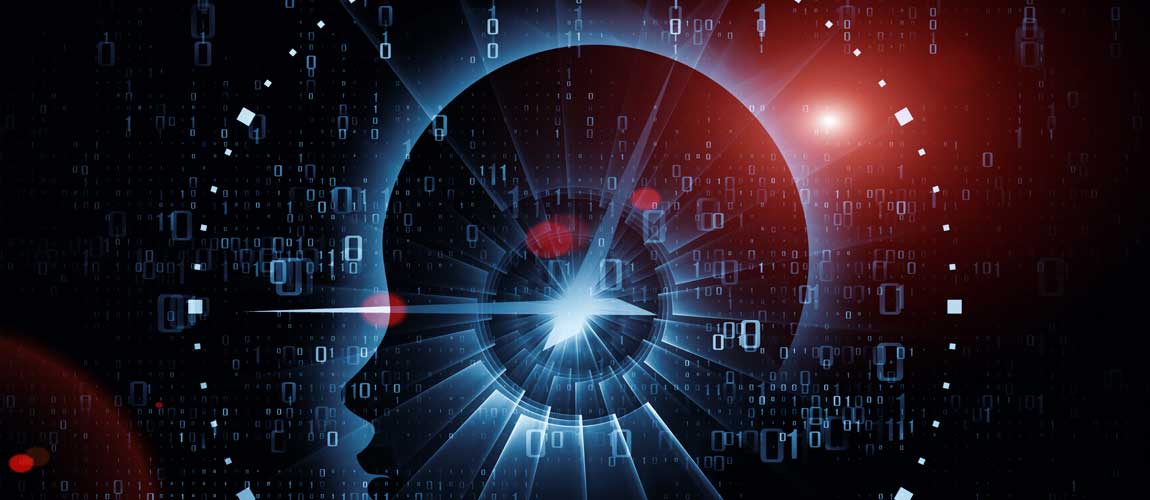Sitting through another increasingly dull lecture leads many students to plan a beautiful, peaceful nap as soon as they get home – and with good reason. Sleep is a crucial part of the human body’s functionality, despite seeming totally illogical from an evolutionary standpoint. For an animal to switch itself into an unconscious state for hours opens up many dangers from predators, yet almost every organism has some form of body clock controlling their daily life.
This body clock, also known as a circadian rhythm, is made up of multiple biochemical processes which control everything from temperature regulation to hormone release. It is, however, sleep that is the most important function of the circadian rhythm. Allowing the body to shut down for a few hours every night lets the brain process the day’s events and has been shown to boost wound healing and the immune system.
Often, an organism’s internal rhythm is linked to the day-night cycle, based largely on the amount of light being received by the eyes. A cluster of nerves known as the suprachiasmatic nucleus receives information from the optic nerve about the quantity of light being received and in turn instructs the brain on how much of the sleep-causing hormone melatonin to release. This is the major reason why staring at screens for an excessive amount of time before sleep isn’t a brilliant idea. While it may be important to check your social media for the billionth time, exposing yourself to large amounts of blue LED light suppresses the amount of melatonin produced, which in turn interrupts your circadian rhythm. All of this leads to a poorer night’s sleep, hence why tech companies such as Apple and Google have now introduced a “night” mode into their products, lowering the amount of blue light produced by devices during the later hours.
Disrupting the internal clock may have further medical consequences. A 2012 Danish study showed that female military personnel working on night shifts had a 40% increased risk of developing breast cancer and in 2014, scientists at Surrey University simulated night shifts or severe jet lag on subjects and noted disruptive effects on hundreds of genes related to repairing and maintaining the body. The European Space Agency has also conducted research into how long-term spaceflight affected the circadian rhythms of astronauts on the International Space Station.
It is, therefore, no wonder that this system is still at the forefront of scientific research. The 2017 Nobel Prize for Physiology and Medicine was won by a trio of American scientists for their research into a specific protein, known as PER. PER levels fluctuate throughout a 24 hour cycle and we now know that this is due to interactions with another protein called TIM, which work to shut down a gene known as the “period” gene.
What is still unclear, however, is what led to the development of an internal timekeeper across the vast majority of the natural world. One common theory is that the clock was developed by the earliest cellular organisms in order to protect DNA from ultraviolet radiation from the Sun. However, photosynthetic cyanobacteria do precisely the opposite – replicating their DNA during the daytime. Other suggestions include the protection of the body from harmful oxygen containing chemical species which are largely produced during daylight hours.
Circadian rhythms are clearly an integral part of who we are and could well provide a link to the smallest and most ancient organisms that ever inhabited this Earth. But for now, I think it’s time for a nap.
Rob Hayman
Image: chronoceuticals.com

